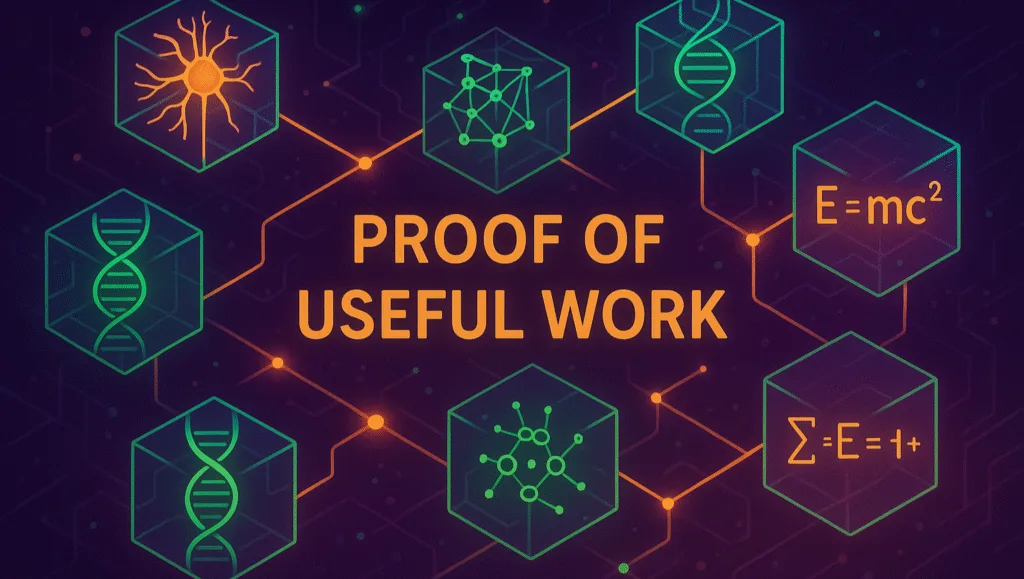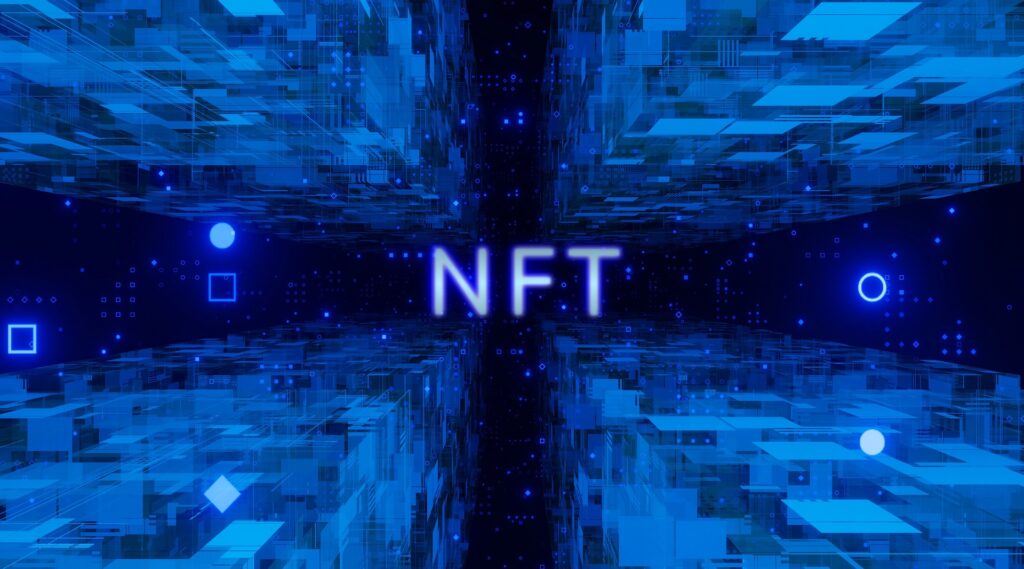Most people have heard of Proof of Work (PoW), the original blockchain consensus mechanism made famous by Bitcoin. But there’s a newer idea gaining traction: Proof of Useful Work (PoUW). Instead of burning through electricity solving random puzzles, PoUW tries to direct all that computing power toward tasks that actually matter in the real world.
Let’s break down what it is, why it matters, where it’s being used, and how it stacks up against other consensus models!
What is Proof of Useful Work?
At its core, a blockchain consensus mechanism is just a way for nodes in a network to agree on which transactions are valid. PoUW is similar to Proof of Work but with one key twist: instead of solving arbitrary mathematical puzzles, miners perform useful computational tasks.
These tasks can be anything from training AI models to running scientific simulations. The idea is that the energy and hardware invested in securing the blockchain also create real-world value.
Why Proof of Useful Work matters?
Here’s why PoUW is important:
- Energy efficiency with purpose: Traditional PoW has been criticized for wasting massive amounts of electricity on puzzles with no value outside the network. PoUW redirects that energy into tasks with practical applications.
- Dual benefits: Miners get rewarded with tokens while industries like AI research, healthcare, or climate modeling benefit from the computing power.
- Sustainability angle: PoUW provides a stronger narrative against environmental concerns, making blockchain adoption more socially acceptable.
- Innovation driver: By attaching financial incentives to useful computations, PoUW can accelerate advancements in areas like science, big data, and machine learning.

How Proof of Useful Work really works?
The mechanism isn’t too different from PoW in terms of structure:
- Task assignment – Instead of a meaningless hash puzzle, miners receive a computational task from the network.
- Task execution – Miners use their hardware to solve it.
- Verification – Other nodes check if the result is correct.
- Block validation – If the task is valid and complete, the miner earns the right to add the block to the chain.
Think of it as PoW, but with brains instead of busywork.
Pros and cons of Proof of Useful Work
| Pros | Cons |
| Real-world utility: Mining produces tangible value beyond blockchain security. | Complexity: Assigning useful tasks and verifying them securely is harder than simple hashing. |
| Positive environmental image: Energy is not “wasted” but redirected to productive use. | Fairness: Certain miners may gain advantages if tasks align with specialized hardware. |
| Encourages innovation: Fields that need heavy computation gain access to distributed resources. | Scalability: Designing a system where useful tasks can be divided and verified across thousands of nodes isn’t easy. |
| Security: Still inherits many of the battle-tested properties of PoW. | Adoption barrier: PoUW is still experimental, so fewer blockchains have fully committed to it. |
Proof of Useful Work vs other consensus mechanisms
Here’s a comparison to put things into perspective:
| Mechanism | Core Idea | Pros | Cons | Examples |
|---|---|---|---|---|
| Proof of Work (PoW) | Miners solve hash puzzles | Simple, secure, battle-tested | Energy waste, no external value | Bitcoin, Litecoin |
| Proof of Stake (PoS) | Validators stake coins to validate blocks | Energy efficient, scalable | Centralization risk, rich-get-richer problem | Ethereum, Cardano |
| Delegated Proof of Stake (DPoS) | Elected validators produce blocks | High throughput, fast finality | Small validator set may reduce decentralization | EOS, TRON |
| Proof of Useful Work (PoUW) | Miners solve real-world tasks | Produces external value, greener narrative | Complex design, limited adoption | Flux, Bittensor |
Also Read: Proof of Work vs Proof of Stake
Blockchains using Proof of Useful Work
A few projects are experimenting with PoUW:
- Flux: A decentralized cloud infrastructure platform that uses PoUW for real computing workloads.
- Bittensor: Focused on decentralized AI training, rewarding miners who contribute to machine learning tasks.
- Primecoin: Used prime number searches as its mining task, though more of a niche version of PoUW.
While adoption is still small, these projects show the potential path forward.

Why PoUW could shape the future?
If blockchain is going to stick around long term, it needs to answer criticism about energy waste. Proof of Useful Work offers a direct response by turning that same power into something valuable. Imagine a world where the same mining rigs that keep financial networks secure are also helping cure diseases or build smarter AI systems.
It’s not mainstream yet, but the idea is powerful: security and real-world utility working side by side!
Also Read: Can You Really Manipulate the Blockchain
Pros and Cons in a Snapshot
Here’s a quick overview for clarity:
Pros
- Energy used productively
- Generates real-world benefits
- Keeps blockchain secure
- Helps industries needing computational power
Cons
- Complex to implement
- Hard to fairly distribute tasks
- Limited adoption so far
- Verification can be resource-heavy
Frequently Asked Questions
Not exactly. Proof of Work solves random hash puzzles, while Proof of Useful Work directs that effort into tasks with real-world value.
Unlikely in the short term. PoUW is still experimental, while PoS already powers large networks like Ethereum.
AI research, scientific simulations, and healthcare stand out because they need massive computational resources.
It doesn’t always cut energy use, but it ensures the energy spent creates external value instead of being wasted.
Proof of Useful Work is still new, but it’s one of the most promising evolutions in blockchain consensus. Instead of miners spending billions of kilowatt-hours solving puzzles no one cares about, their work could drive innovation in AI, medicine, and science.
It won’t replace Proof of Stake or Proof of Work overnight, but it adds another option to the consensus toolbox. The real test will be whether projects using PoUW can scale, attract developers, and prove their long-term security. If they do, we might look back on the old days of wasted hashing as just the training wheels of blockchain!
With over five years of experience in the tech industry, Kazim excels at simplifying complex topics, making them accessible to tech enthusiasts and general readers alike.
He has contributed to several renowned publications worldwide, including WindowsReport and Allthings.how, bringing insightful coverage of key developments in the field.
When he’s not writing, you’ll find Kazim planning weekend getaways or diving into tech verticals beyond his expertise.




